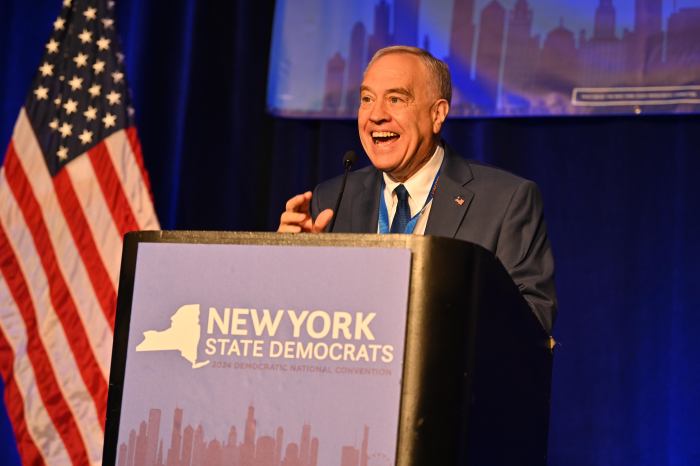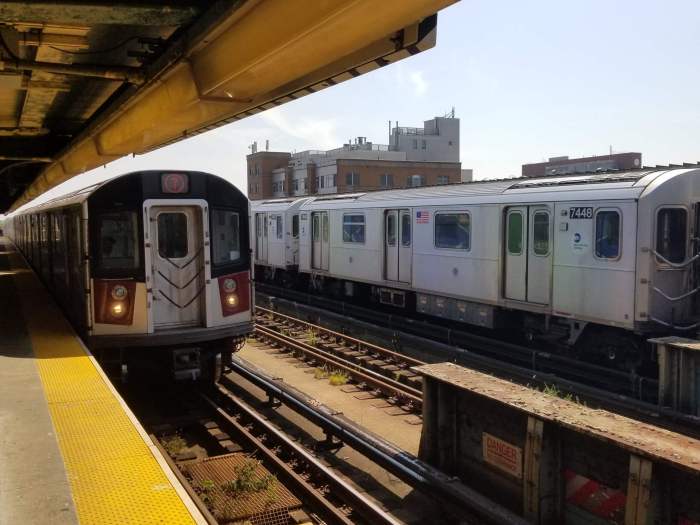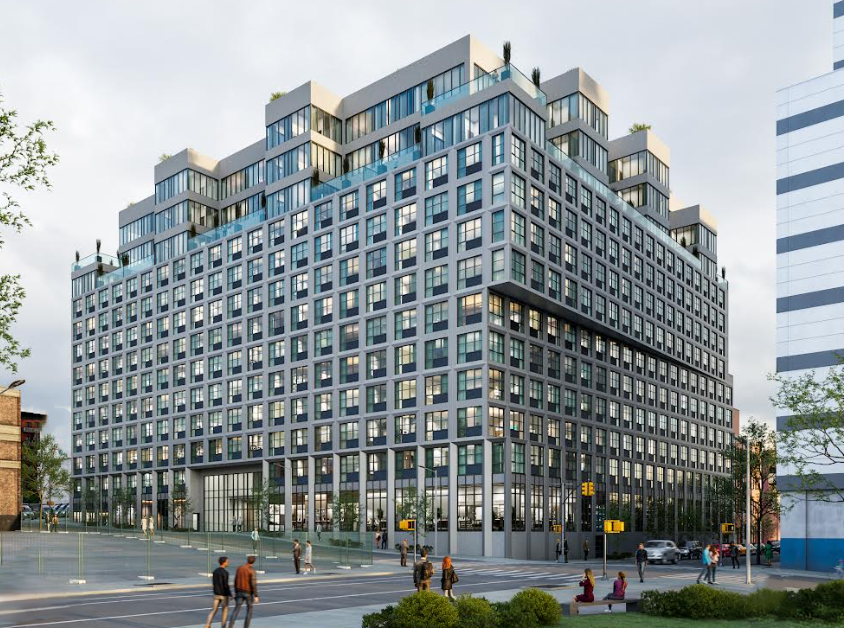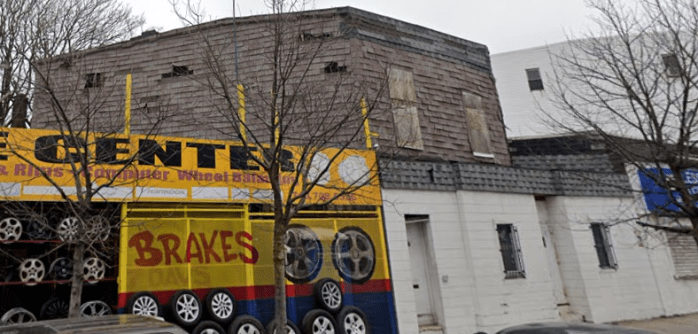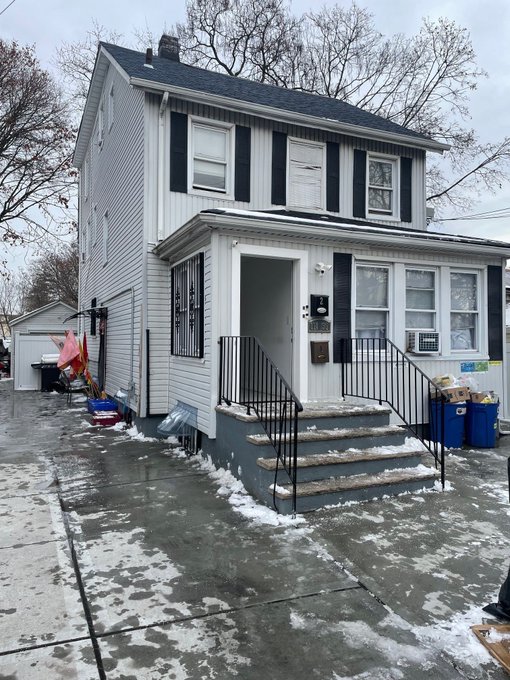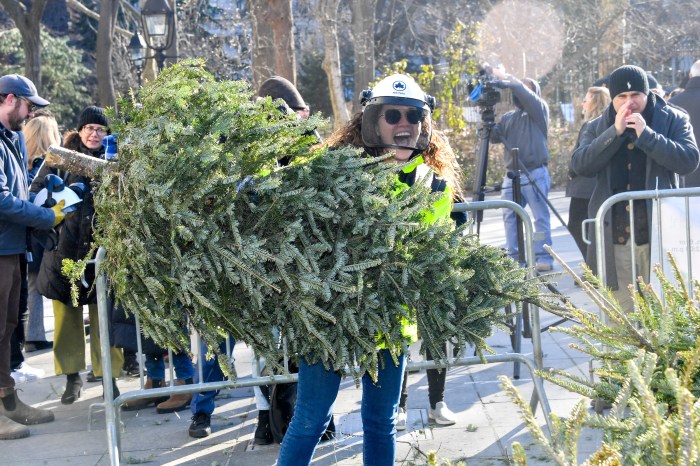
Transit advocates on Sunday launched a “subway civics” campaign to pressure Gov. Andrew Cuomo into finding more money for the MTA’s beleaguered subway system.
The nonprofit Riders Alliance is sending roughly 50 volunteers through subway stations in the outer boroughs in a weeklong educational effort geared toward increasing accountability at the state-run MTA.
The lesson plan: Cuomo controls the subways and the budget process in Albany.
“What people don’t realize is how to hold elected officials accountable to fix our subways and buses. And that’s why we’re here today,” said Rebecca Bailin, campaign manager at Riders Alliance at a news conference at the Atlantic Avenue–Barclays Center hub. “When riders are empowered to act, then we are going to see change. Because that’s how democracy works.”
Riders Alliance will also be promoting the congestion pricing plan proposed this January by Fix NYC, a panel commissioned by Cuomo, which could raise $1.5 billion annually for the MTA through new surcharges on ride-hail companies and new tolls for commercial trucks and private vehicles in Manhattan’s central business district.
The governor is currently negotiating support for the plan with the State Legislature before the state budget deadline at the end of March.
Subway service has spiraled to a crisis, with delays having tripled over the last five years. Riders Alliance and other advocates believe a key way to improve service would be to completely replace the subway system’s frequently-failing, nearly century-old signal technology with a modern equivalent. Doing so could take decades and cost billions of dollars, MTA officials and experts have said, which is why advocates argue the governor must find a new revenue stream for the agency via congestion pricing.
Johnny Nelson, 29, a Clinton Hill resident who stopped at Atlantic Avenue-Barclays Center to sign the Riders Alliance petition asking Cuomo to save the subways, said his trips have become too unreliable and have made his job as a jewelry designer difficult.
“I feel like the delays have been getting worse and they’re very unpredictable,” said Nelson. “There’s been times on the D train where I’m stuck more than a half-hour on the Manhattan Bridge. I have to meet my clients and when I’m late, they have things to do. So the delays set off this chain of events and it messes up my business.”
Peter Ajemian, a spokesman for the governor, said Cuomo is already working to revive subway service from its current state, noting that the governor has pledged money for MTA chairman Joe Lhota’s Subway Action Plan to improve service, among other recent moves.
“It’s the Governor who has taken aggressive action to fix the subways by funding the state’s half of the Subway Action Plan, advancing near-term Fix NYC recommendations, proposing sending mobility tax revenue directly to the MTA and investing an historic $8.6 billion in the capital program,” Ajemian said in a statement. “While some continue to simply talk about turning the subways around, the Governor is actually working to get it done.”



